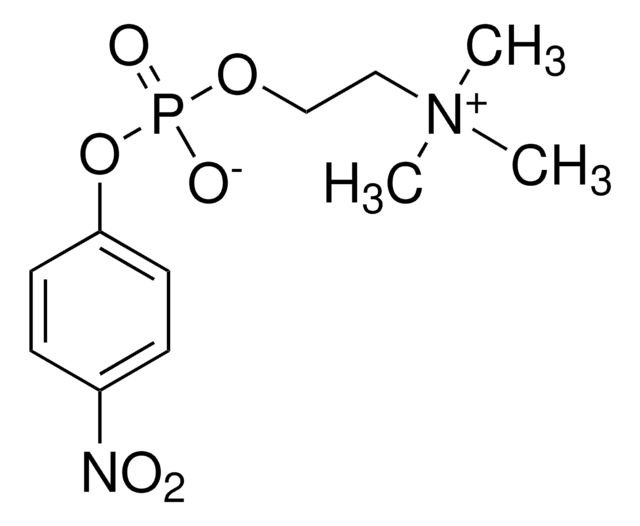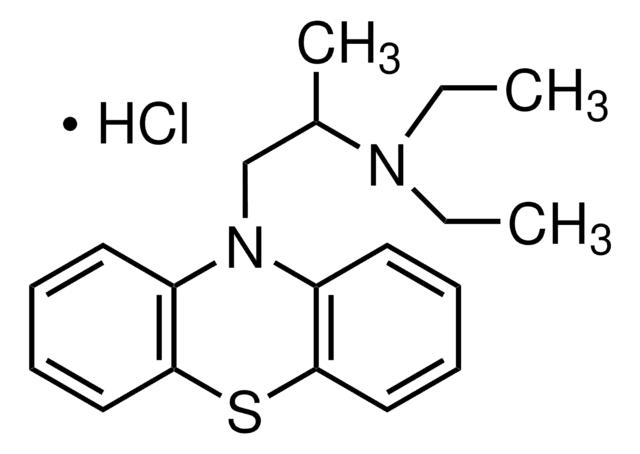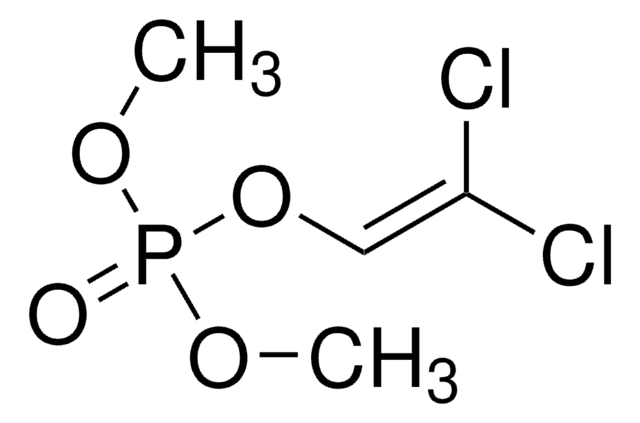123943
Bis(4-nitrophenyl) phosphate
99%
Synonym(s):
Di-4-nitrophenyl hydrogenphosphate
About This Item
Recommended Products
Quality Level
assay
99%
form
solid
mp
172-175 °C (lit.)
functional group
nitro
phosphate
SMILES string
OP(=O)(Oc1ccc(cc1)[N+]([O-])=O)Oc2ccc(cc2)[N+]([O-])=O
InChI
1S/C12H9N2O8P/c15-13(16)9-1-5-11(6-2-9)21-23(19,20)22-12-7-3-10(4-8-12)14(17)18/h1-8H,(H,19,20)
InChI key
MHSVUSZEHNVFKW-UHFFFAOYSA-N
Related Categories
Application
signalword
Danger
hcodes
pcodes
Hazard Classifications
Acute Tox. 2 Oral
Storage Class
6.1A - Combustible acute toxic Cat. 1 and 2 / very toxic hazardous materials
wgk_germany
WGK 3
flash_point_f
Not applicable
flash_point_c
Not applicable
ppe
Eyeshields, Faceshields, Gloves, type P2 (EN 143) respirator cartridges
Choose from one of the most recent versions:
Certificates of Analysis (COA)
Don't see the Right Version?
If you require a particular version, you can look up a specific certificate by the Lot or Batch number.
Already Own This Product?
Find documentation for the products that you have recently purchased in the Document Library.
Customers Also Viewed
Our team of scientists has experience in all areas of research including Life Science, Material Science, Chemical Synthesis, Chromatography, Analytical and many others.
Contact Technical Service












